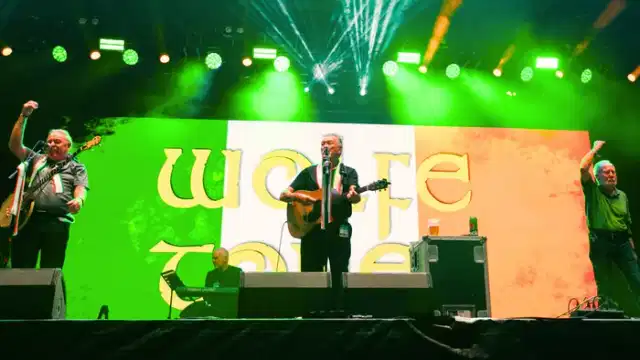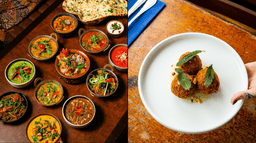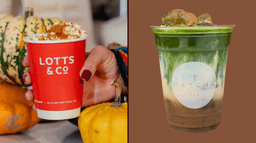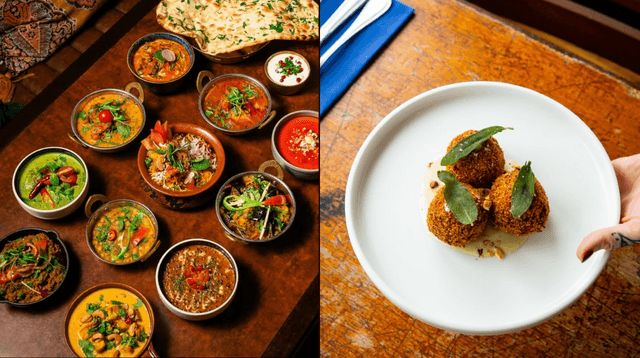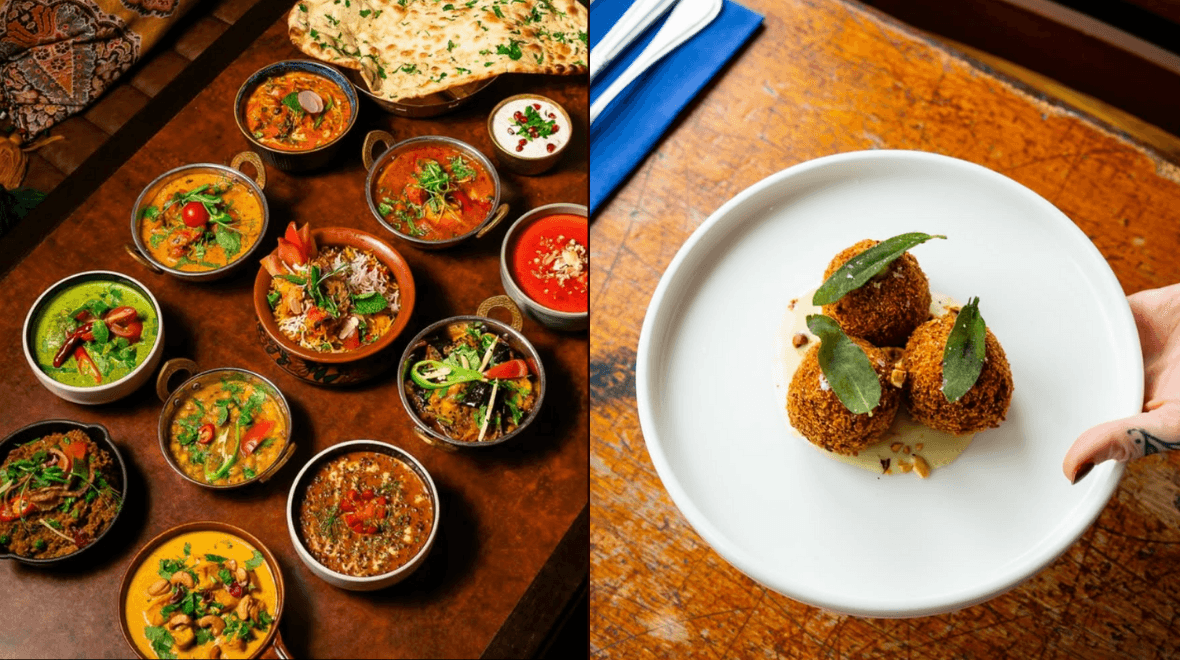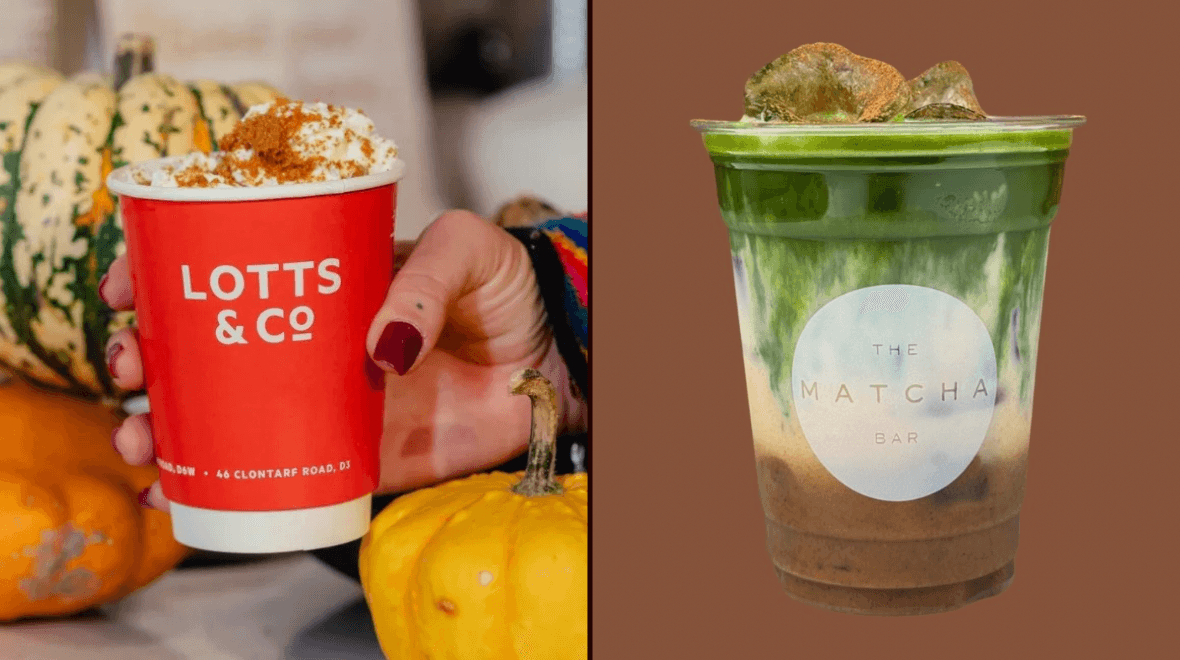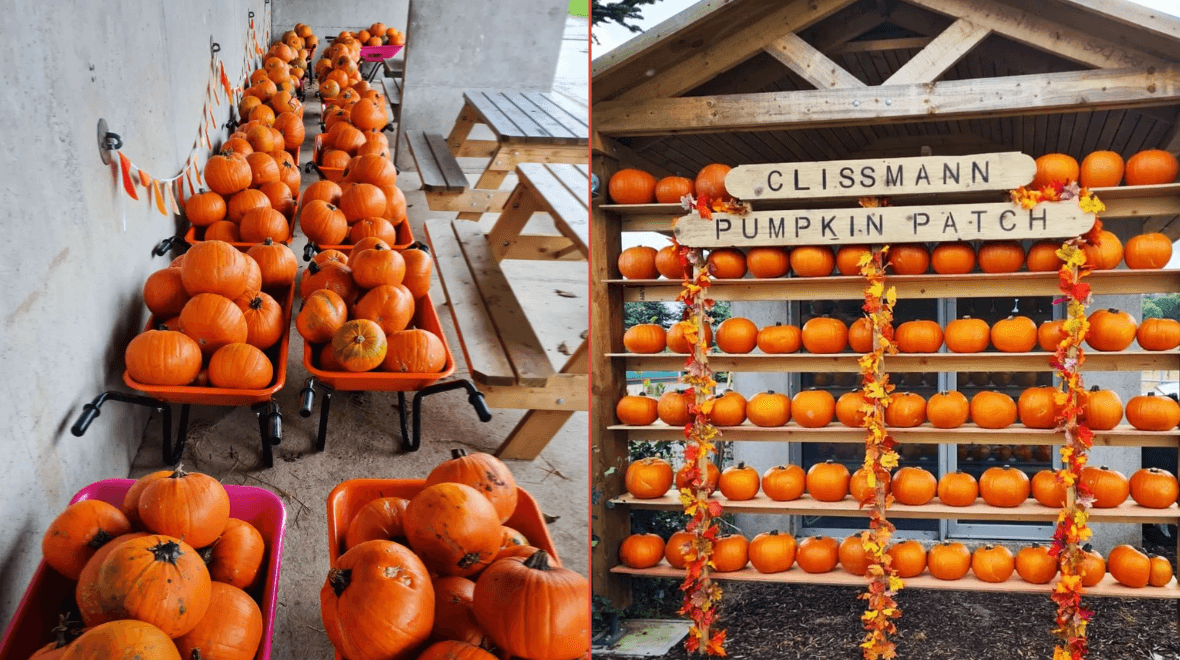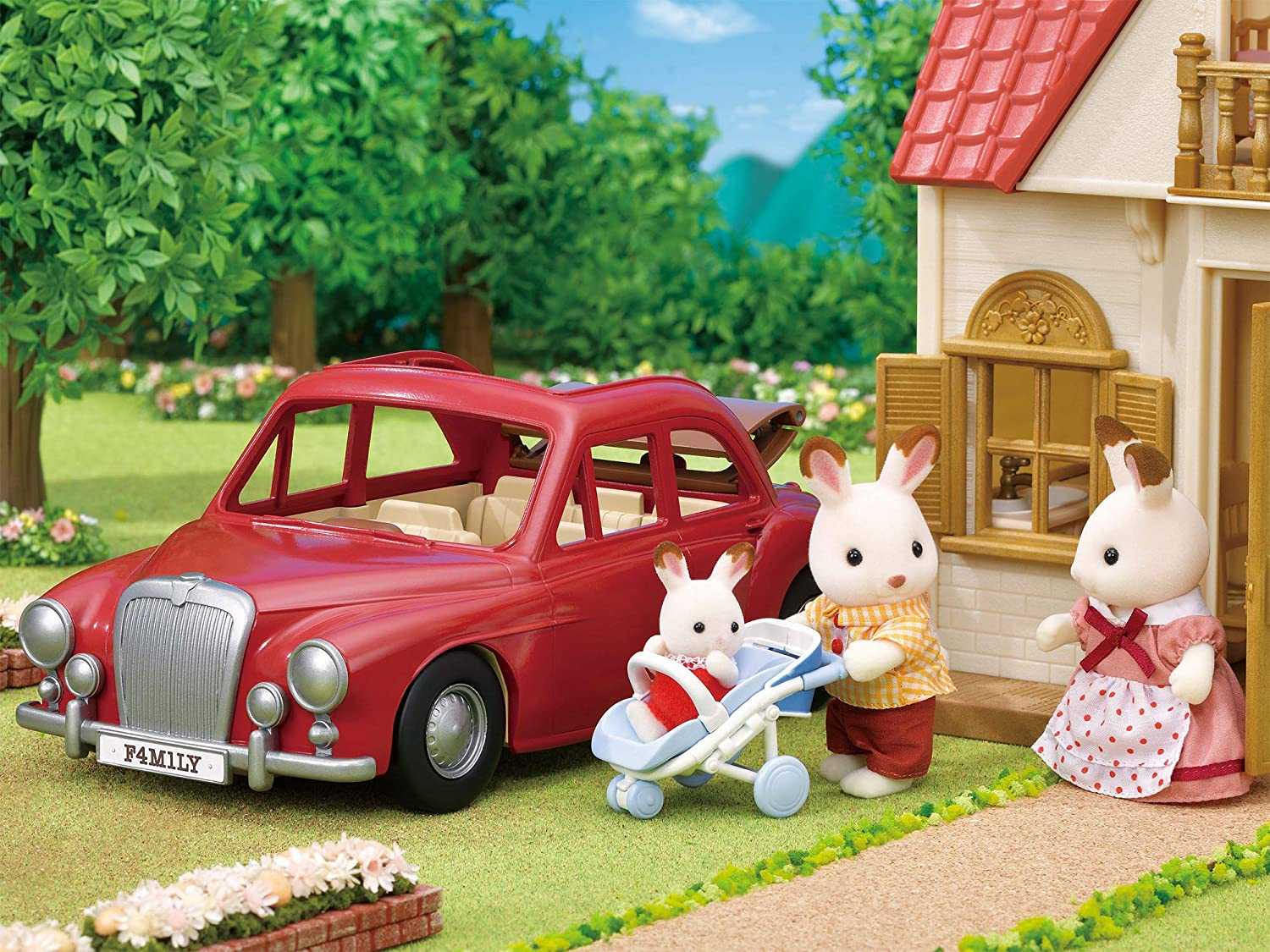
No More Paddywhackery: On July 24th in New Orleans, Irish House Will Showcase a New Era of Irish Hospitality and Innovation
If you’re Irish, you know that home is a complicated place. You’ll also know there’s a specific kind of awkwardness you feel walking into an Irish bar abroad. It’s an itch of embarrassment you can’t name. Yet even as you cringe, you find yourself protective of these cartoonish outposts. These O’Somethings Oyrsh pubs are heavy on kitsch and suspiciously free of irony. They’re our ghostly ambassadors, our uncanny valley. They’re stuck in a rose tinted remembrance of some hazily defined past.
However in recent years there has been a new cohort of Irish bars crop up at home and abroad that have distilled a fermenting contemporary culture into their drinks at an internationally high calibre. Though we track and follow their success, bringing friends to show them just what Irish drinks are now, the world has been slow to see the change on a cultural scale.
Tim Herlihy knows intimately the struggle of redefining Irish identity through bar culture. Years ago he stood on a street corner in New Orleans with Leah Doyle, watching a room full of bartenders shake and stir and laugh like they’d known each other all their lives. Some of them had just met that day, some had flown in from Dublin or San Francisco or Austin or Miami. Some had brought poitín. They watched them assemble, drink in hand, and realised: the Irish had shown up.
It wasn’t the first time. For over a decade, Irish bar teams and Irish spirits have made quiet appearances at Tales of the Cocktail, the world’s biggest festival for the global drinks industry. You’d spot someone from BAR 1661 here, someone pouring a Redbreast Old Fashioned there. But what had never happened, until now, was what they saw that day. A critical mass. A moment of reckoning. A shift.
On July 24th, from 1 to 6 p.m. (free entrance with registration), 411 Bourbon Street will play host to the event at the height of Tales. Tim Herlihy (Lost Irish Whiskey), Leah Doyle (ARCD Agency), and Daragh Flanagan (Bord Bia North America) stand as architects of Irish House. It is, as a first-of-its-kind celebration. A gathering of vanguard. An event calling Irish bars and drinks producers at the pinnacle of Irish connoisseurship.
What that actually means is harder to pin down.
The people participating in Irish House are carefully chosen for their willingness to grapple with complexity. Speaking from the USA, Doyle, articulate and unflappable, tells me Tales of the Cocktail is the global epicentre of drinks culture, drawing bartenders and industry insiders from across the world. That Irish House would stake a claim here is ambitious, even audacious. For Doyle and Herlihy, however it feels inevitable. Irish House, taking over 411 Bourbon Street, is both mirror and lens, reflecting back at Ireland an image that is finally clear-eyed, neither distorted nor reduced. Herlihy notes “We’re not green beer and leprechauns anymore.”
The booths include giants like Guinness, Jameson, Bushmills but also insurgent independents like Boatyard Gin, Valentia Island Vermouth, and Mad March Hare Poitín.
Poitín is still very much still seen an outlaw spirit. Over the past number of years it has been lovingly restored to pride of place by people like Dave Mulligan of BAR 1661. Mulligan sees poitín as his "life's work," a reclaiming of Irish heritage nearly erased by prohibition and neglect. "Some think poitín should be illegal," he tells me, but it’s been legal since 1997. “I’m coming up on half its legal lifespan." He speaks with the zeal of a missionary, noting that poitín "carries ancestral memory," passed from his father’s generation to his own.
Irish House is indeed a house of spirits, but more urgently, it's a house of narrative. The Dead Rabbit’s Jack McGarry, is a deft creative. He can articulate as philosophically about identity politics as he can about cocktails. His story captures this tension.
McGarry had moved to America with little active patriotism but found himself re-engaging profoundly with his Irish heritage. "Before America," he reflects, "I wasn’t particularly patriotic or plugged into Irish history. Now I'm laser-focused on what it meant to be Irish and what it means today."
He actively pushes back against misrepresentations of Irishness, particularly uncomfortable with selective nostalgia found in Irish-American communities. “You can’t cherry-pick bits of Irishness and ignore the rest,” McGarry noted with a tenacity subdued by politeness. Irish House, for him, is about celebrating Irish identity authentically and progressively. “We refuse to serve Black & Tans or Irish Car Bombs,” he communicates, referring to drinks that trivialise historical violence. McGarry sees Irish House as an opportunity to recalibrate, to present a more complex and truthful Irishness.
The Dead Rabbit, a phenomenon of a bar in New York's Financial District, is famous precisely because it’s both proudly Irish and pointedly contemporary. McGarry challenges selective nostalgia, particularly among Irish-Americans who might champion Trump’s MAGA movement, something he sees as deeply anti-Irish at heart.
When I ask about the “next frontier” for Irish bars abroad, McGarry's reply underscores the careful balancing act bars like his perform: "Celebrate tradition, absolutely, but also innovate, take risks, evolve." McGarry’s stance is radical percisely because it's reasonable.
Meanwhile, at Casements in San Francisco, Gillian Fitzgerald wrestles similarly with these contradictions. Her Irish-focused bar operates without "resorting to clichés," she says. The challenge, Fitzgerald explains, is to curate a genuine narrative around drinks, one that Californians accustomed to the cutting edge will understand and respect. "We’ve never had backlash," she insists. "I think people get what we’re doing." For Fitzgerald the lack of scandal in the contemporary craft cocktail industry might just be what is keeping things interesting. It keeps people able to focus on their work. “I’m more partial to Mary J’s no more drama attitude to life myself” she says.
Herlihy says that having “a purpose behind every ingredient” is what makes a good cocktail before name checking the "Green Machine". The Green Machine is a simple yet refreshingly tart blend of Granny Smith apple and whiskey. Here you can see the event's subtle genius reflected. It’s approachable but aspirational. Comfortingly familiar yet deliberately boundary-pushing.
Christy Caldwell of The Ordinarie Tavern echoes this sentiment from a different coast. Hospitality isn't about extravagance, he notes, but genuine care. For him, a great cocktail, like hospitality itself, is defined by clear intention. "It’s not just what's in the glass," he says. "It's how it feels."
Irish House thus becomes not merely a physical space but an emotional ecosystem, a place of cultural diplomacy. "That's one of our core goals," McGarry notes about his own bar, articulating a vision echoed by every bartender set to attend The Irish House. This house is built on stories worth telling, truths worth pouring, and histories worth reclaiming.
Leah Doyle recalls the project’s decade-long gestation. "Tim and I joked about doing an Irish event at Tales for thirteen years," she reflects. "Then three years ago it started taking shape. 2025 was finally the year."
As New Orleans' humid glare softens, Irish House is shaping up with a rare form of national pride. A pride that welcomes the world rather than excluding it. Now, it’s nearly reality. In a month’s time, Irish House will open its doors. When Herlihy talks about what excites him most, he speaks gently but with conviction: “Seeing the shock on American bartenders’ faces when they realise all that Ireland has to offer.”Irish House offers a portrait of home that, perhaps, Ireland itself needs to see clearly.
Irish House is, in the end, a hospitable gesture writ large: Here we are. Welcome in. “This is the Ireland we know.”
